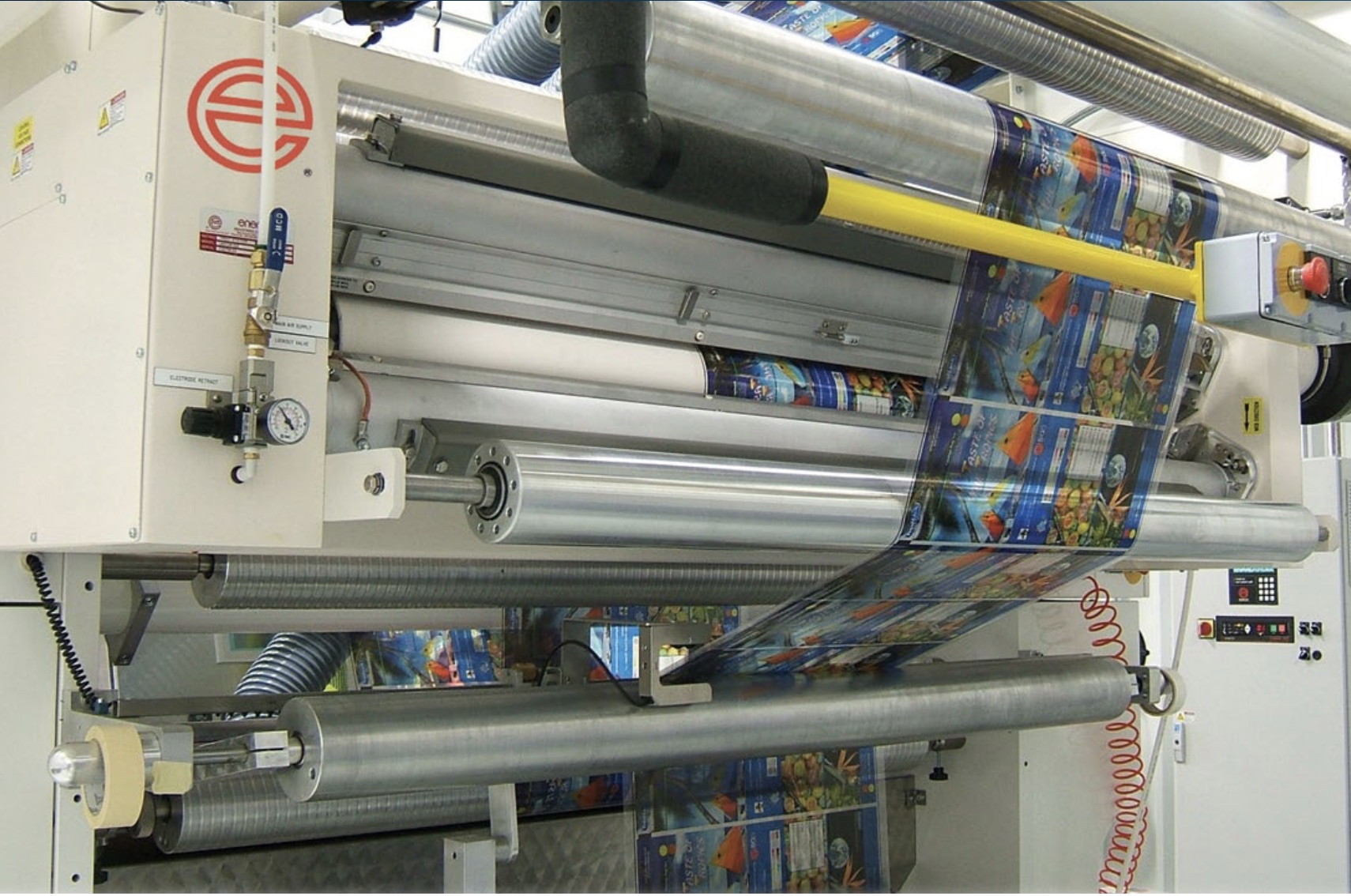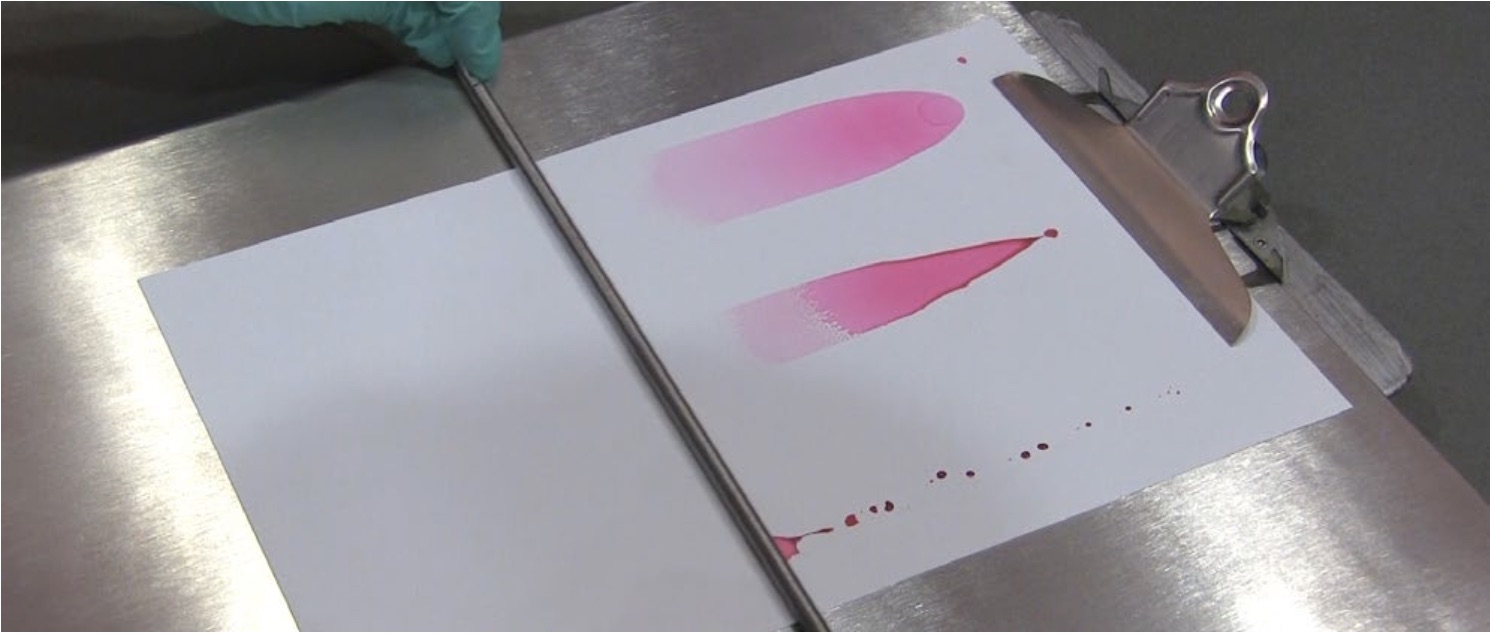Quality Control Tips for Corona Treating
- Published: July 18, 2022
By Enercon Industries
Corona treaters prepare surfaces for printing, coating & laminating by increasing a film’s surface energy to enable wetting and adhesion. The most important thing you can do when putting together a quality control program for your corona treating process is to establish successful results and document all material & operational variables and settings. This will arm you with the data you’ll need to identify what’s changed when you get results you don’t expect.
The data you should record includes the type of film you are converting (and supplier), line speed, number of sides treated, applied corona treatment power level, surface energy readings and adhesion results. Below we’ll cover some of these areas in more detail.

Films to be treated
Many converters don’t realize that different types of films respond differently to the same amount of corona treatment. For example, when PET & PP are exposed to the same amount of treatment, PET is much more responsive. Likewise, receptiveness to treatment can be impacted by different levels of additives in the same type of film. Be sure to record the type of film, the supplier and any additional information you have on additives in your documentation. Enercon has an in depth technical paper and webinar on this topic.
Surface Energy Levels Pre & Post Treatment
You should document a film’s surface energy before and after treatment. Methods for measuring surface energy include dyne pens, dyne solutions (with cotton swabs or a meyer rod), and electronic diagnostic tools. While this seems rather straight forward, there are a number of mistakes and misconceptions regarding dyne levels.
The primary mistake is not conducting dyne tests in a repeatable and consistent manner. Be sure to train your staff to follow the proper procedures. Also, be aware that testing results from a dyne pen or dyne solution method requires personal interpretation. Two trained people may interpret a dyne result differently resulting in a difference in 1 to 3 dynes. The good news is that for most applications a slight variance in dynes does not affect adhesion.
It’s also important to note that surface energy indicates wettability and does not guarantee adhesion. Dyne levels can be used to help predict the chances of adhesion success, but there are numerous material and process variables which can significantly affect adhesion success.
Enercon has an in depth webinar and technical paper on this topic.

Applied Treatment Levels
Operators understand that increasing the kW output of a corona treating power supply increases the amount of treatment being applied to the film. However, this does not take into consideration changes in the line speed.
At the same power level, a slower line speed imparts more treatment than a higher line speed. It is recommended to measure applied treatment with the Watt Density formula.
The Watt Density Formula combines several operating variables into a single number that provides you with a precise number of applied treatment. The formula takes into consideration line speed, number of sides being treated, width of your active electrode, and the power output from your corona treater.
Watt Density Formula
Enercon’s CompakTM Pro power supplies allow converters to run in Watt Density mode; so even when line speeds change, the film will receive the optimal amount of treatment to produce the desired result.
Try Enercon’s online Watt Density Calculator
Your Adhesion Test
The final and most important piece of data to document is the result of your adhesion test. Whether you use a peel adhesion test or other method, this is the standard that should be used to judge your success.





